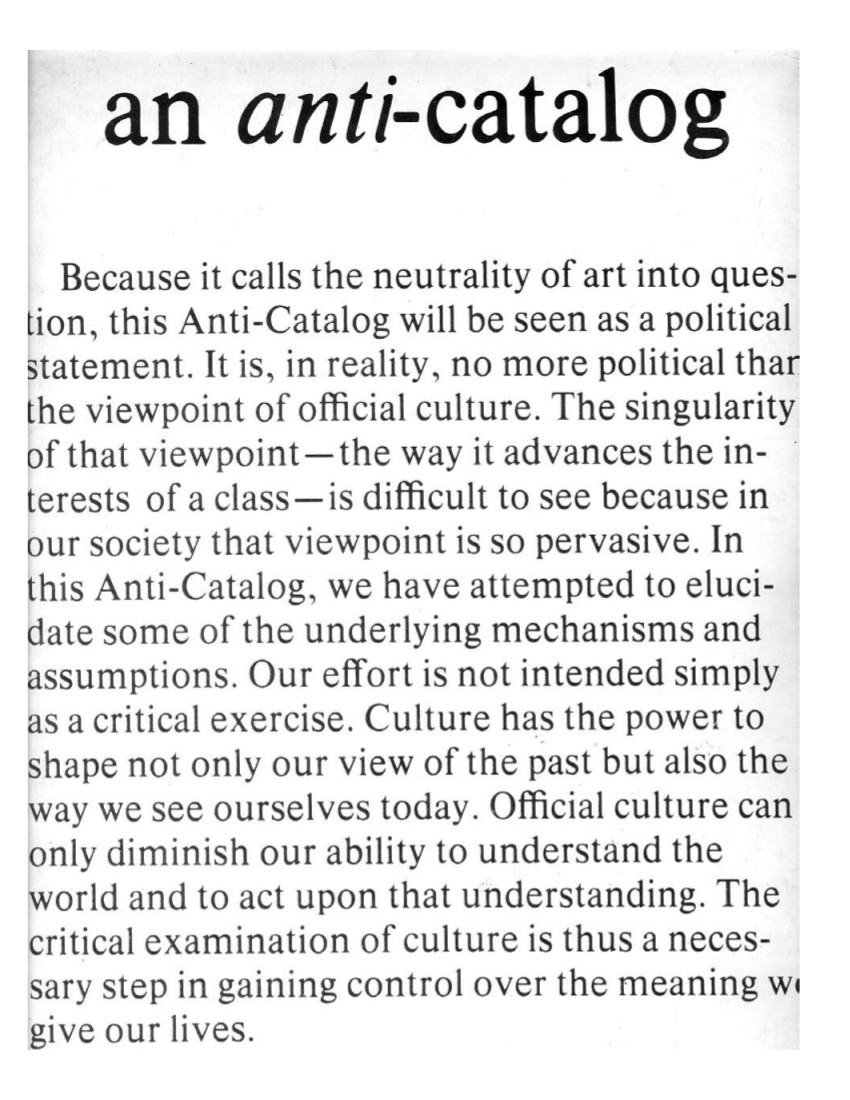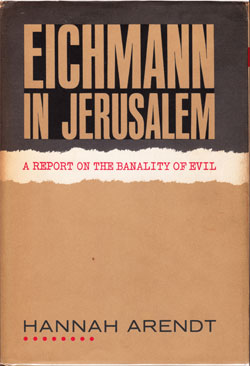Niccolò Machiavelli: The Prince (1532–) [IT, EN, RO, FR, CZ, DE, PT, SK, ES]
Filed under book | Tags: · governance, political philosophy, political science, political theory, politics

“Here is the world’s most famous master plan for seizing and holding power. Astonishing in its candor The Prince even today remains a disturbingly realistic and prophetic work on what it takes to be a prince … a king … a president. When, in 1512, Machiavelli was removed from his post in his beloved Florence, he resolved to set down a treatise on leadership that was practical, not idealistic. In The Prince he envisioned would be unencumbered by ordinary ethical and moral values; his prince would be man and beast, fox and lion. Today, this small sixteenth-century masterpiece has become essential reading for every student of government, and is the ultimate book on power politics.”
Il Principe (Italian, ed. Sálvio Marcelo Soares, 2009)
The Prince (English, trans. Luigi Ricci, 1903/1921)
Principele (Romanian, trans. Sorin Ionescu [pseudonym of Nina Façon], 1943, added on 2014-9-3), 1999 edition
Le prince (French, trans. Jean-Marie Tremblay, 1962)
The Prince (English, trans. James B. Atkinson, 1976/2008)
The Prince (English, trans. Harvey C. Mansfield, 1985/1998, blanked out sections repaired on 2018-9-1 via Nathan Hoepner)
Vladař (Czech, trans. Josef Hajný, 1986)
Der Fürst (German, trans. Friedrich von Oppeln-Bronikowski, 1990)
O Príncipe (Portuguese, trans. Maria Julia Goldwasser, 1990/2001)
Vladár (Slovak, trans. Pavol Koprda and Blahoslav Hečko, 1992)
The Prince (English, trans. Peter Bondanella, 2005)
O Príncipe (Portuguese, trans. Antonio D’Elia, 2006)
El Príncipe (Spanish, undated)
an anti-catalog (1977)
Filed under catalogue | Tags: · activism, art, politics

“An Anti-Catalog was the work of the Catalog Committee of the group Artists Meeting for Cultural Change (AMCC). A landmark publication of the 1970s, its purpose was to protest the Whitney Museum of American Art’s bicentennial exhibition, which was titled Three Centuries of American Art. The Whitney show featured John D. Rockefeller III’s collection of mainly eighteenth and nineteenth-century American art–a collection that featured only one African American and one woman artist.
The Catalog Committee, which consisted of fifteen artists and two art historians, spent almost a year producing an eighty-page book containing articles and documents. Originally conceived as a critique of art historian E.P. Richardson’s catalog for the Whitney exhibition, the committee evolved ideas for pictorial essays that would encompass native American art, African-American art, art by women, critiques of pervasive class bias in the art world, and critical examinations of cultural institutions. As the committee wrote in its description of its project, ‘we share the belief that culture should no longer exist merely as an extension of the economic interests or the personal ‘tastes’ of the wealthy and powerful. Nor can we hope to transform culture outside of a struggle to transform the society from which it springs.’ Strong words that have lost little of their relevance for today’s cultural scene.” (Alan Wallach)
Written, designed, and produced by Rudolf Baranik, Sarina Bromberg, Sarah Charlesworth, Susanne Cohn, Carol Duncan, Shawn Gargagliano, Eunice Golden, Janet Koenig, Joseph Kosuth, Anthony McCall, Paul Pechter, Elaine Bendock Pelosini, Aaron Roseman, Larry Rosing, Ann Marie Rousseau, Alan Wallach, Walter Weissman.
Publisher Artists Meeting for Cultural Change, New York, 1977
80 pages
via Dark Matter Archives, via Primary Information
Hannah Arendt: Eichmann in Jerusalem: A Report on the Banality of Evil (1963–) [EN, DE, IT, CZ, PL, ES, RU]
Filed under book | Tags: · evil, ideology, nazism, politics, totalitarianism

“Originally appearing as a series of articles in The New Yorker, Hannah Arendt’s authoritative and stunning report on the trial of Nazi leader Adolf Eichmann sparked a flurry of debate upon its publication. This revised edition includes material that came to light after the trial, as well as Arendt’s postscript directly addressing the controversy that arose over her account. A major journalistic triumph by an intellectual of singular influence, Eichmann in Jerusalem is as shocking as it is informative—an unflinching look at one of the most unsettling (and unsettled) issues of the twentieth century.”
Originally appeared as a series of articles in The New Yorker, 1963
Publisher Viking Press, 1963
Revised and Enlarged Edition, 1965
New edition with an Introduction by Amos Elon, Penguin Books, 2006
Eichmann in Jerusalem: A Report on the Banality of Evil (English, 1963/2007, updated on 2021-2-25)
Eichmann in Jerusalem: Ein Bericht von der Banalität des Bösen (German, trans. Brigitte Granzow, 1964/2007, updated on 2021-2-25)
La banalità del male: Eichmann e Gerusalemme (Italian, trans. Piero Bernardini, 1964)
Eichmann v Jeruzalémě: zpráva o banalitě zla (Czech, trans. Martin Palouš, 1995)
Eichman w Jerozolimie: rzecz o banalności zła (Polish, trans. Adam Szostkiewicz, 1998)
Eichmann en Jerusalén: Un estudio sobre la banalidad del mal (Spanish, trans. Carlos Ribalta, 1999/2003, EPUB, updated on 2021-2-25)
Banalnost zla. Eykhman v Ierusalime (Russian, trans. Sergei Kastalsky and Natalia Rudnitskaya, 2008, DJVU)

